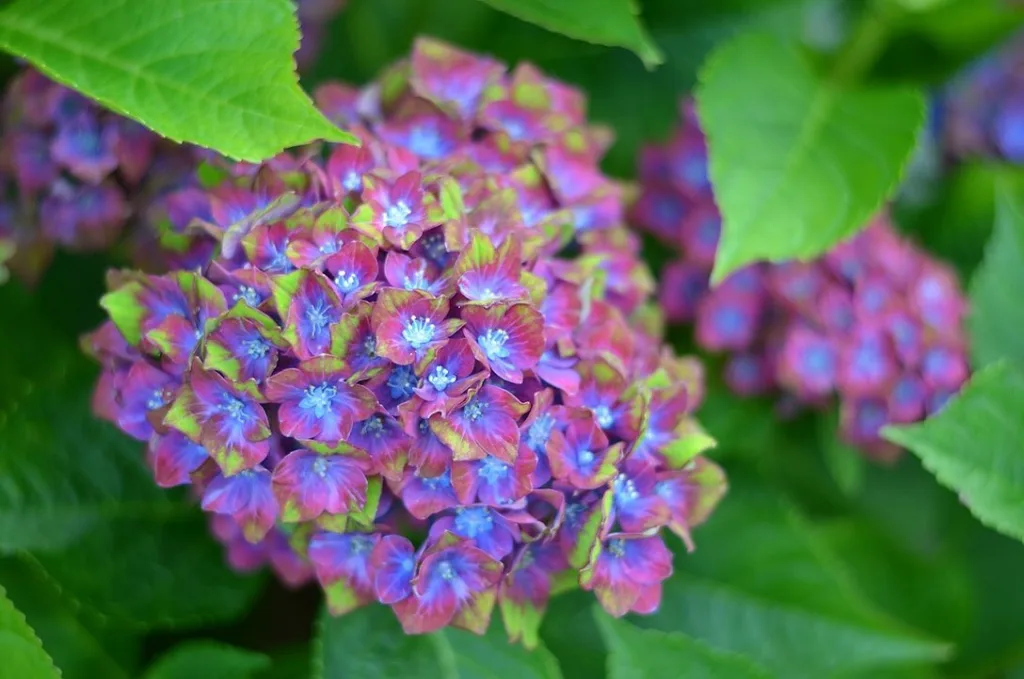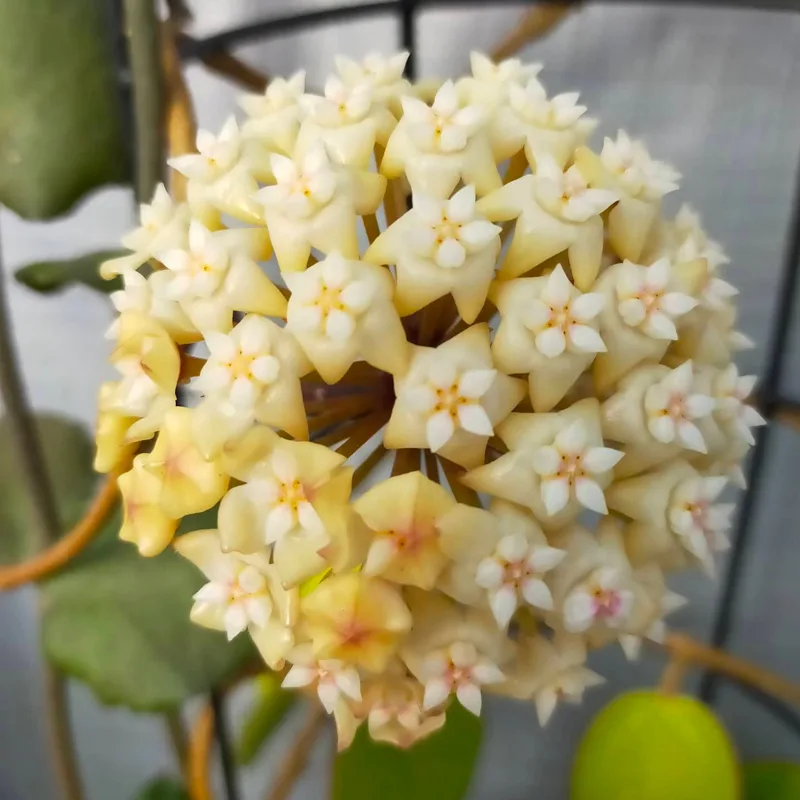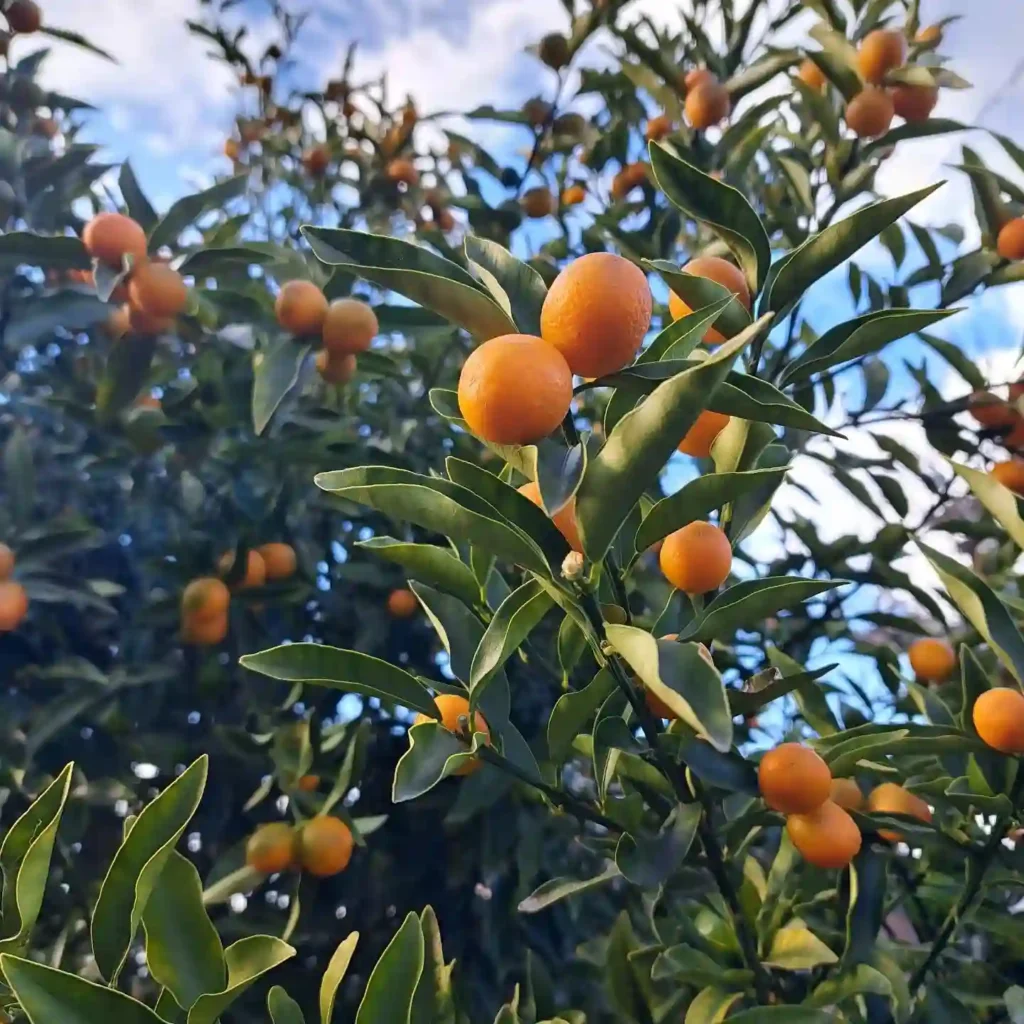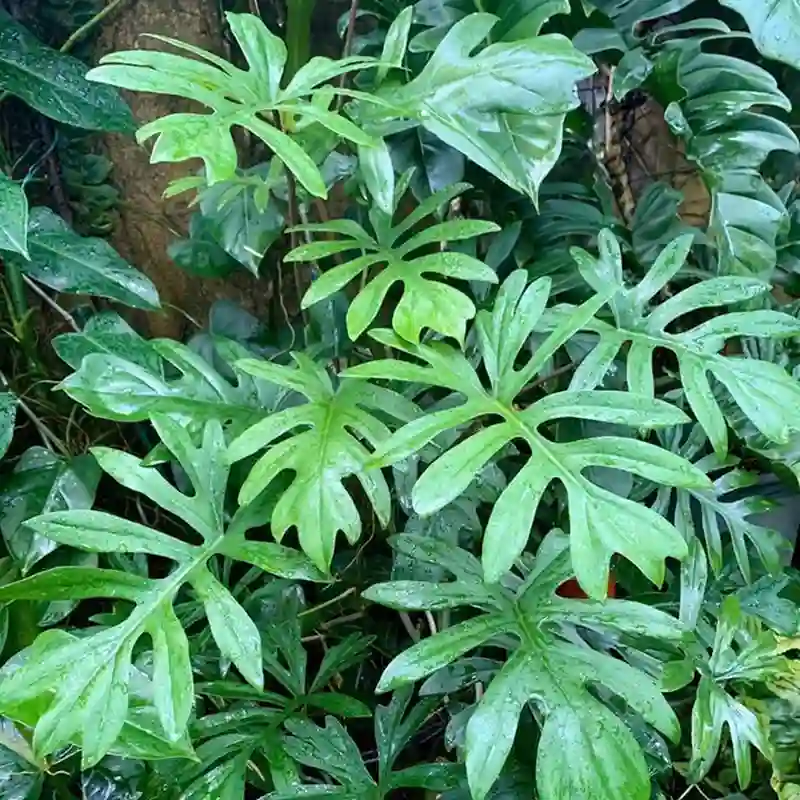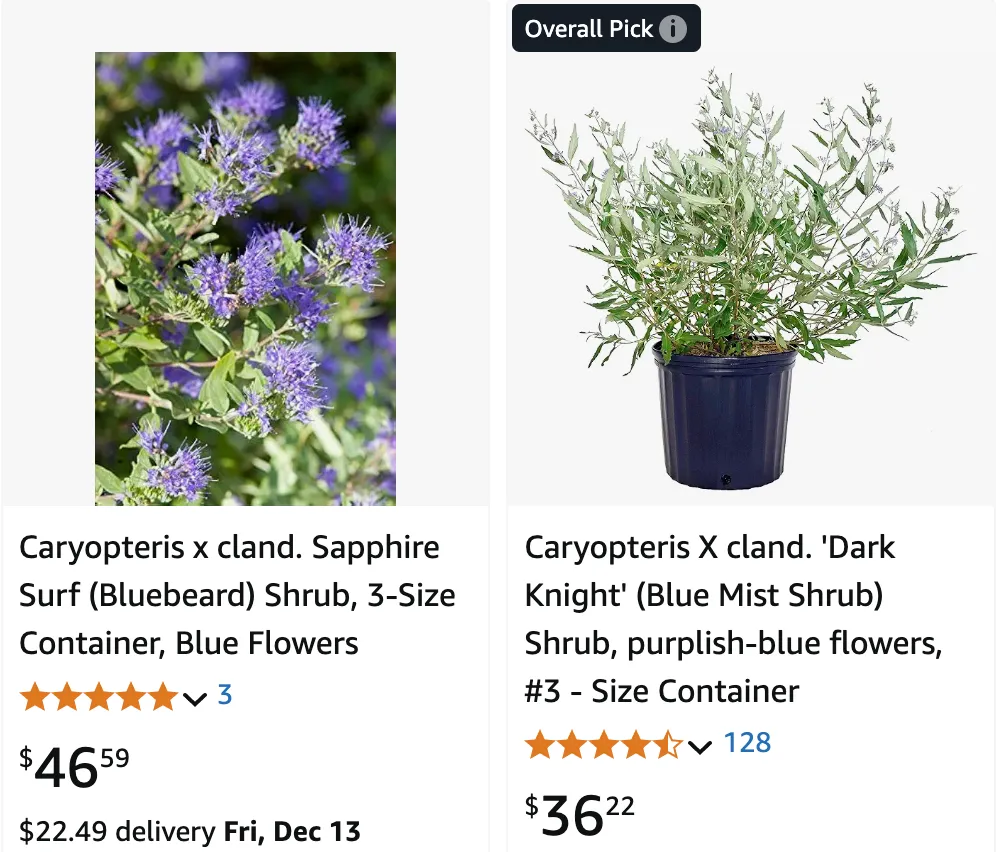
July 7 – Caryopteris
"Caryopteris, the bluebeard, defines July 7."
Caryopteris symbolizes curiosity and wisdom. You are an explorer of both ideas and places, seeking knowledge in all you do. Like its airy blue blooms, you bring calm and clarity.
Bluebeard’s Charm: An Exploration of the Caryopteris Genus
As a gardening enthusiast, I’m always on the lookout for plants that offer both beauty and resilience. That’s precisely why I’ve become captivated by the Caryopteris genus, commonly known as Bluebeard or Blue Mist Spirea. These deciduous shrubs, native to East Asia, bring a burst of vibrant blue flowers to the late summer and autumn garden, just when many other plants are starting to fade.
A Closer Look at Caryopteris
Caryopteris belongs to the Lamiaceae family, which also includes mint and lavender. This explains the aromatic foliage, which releases a pleasant fragrance when brushed against or crushed. The leaves themselves are typically ovate to lanceolate with a serrated margin, adding to the plant’s textural interest. But the real showstopper is the profusion of small, blue flowers that cluster at the tips of the branches. These blossoms are a magnet for pollinators, especially bees and butterflies, bringing an added dimension of life to the garden.
Species within the Caryopteris Genus
While the Caryopteris genus isn’t particularly large, it boasts a variety of species, each with its own unique characteristics:
- Caryopteris alternifolia: Known for its unique, alternate leaf arrangement, this species produces clusters of blue to lavender flowers that attract pollinators.
- Caryopteris forrestii: A compact, woody shrub with dense foliage and vibrant blue flowers, it’s well-suited for smaller gardens.
- Caryopteris glutinosa: Recognized for its sticky, aromatic leaves, this species adds a touch of fragrance to the garden along with its delicate blue blooms.
- Caryopteris incana: Often called “Blue Mist Spirea,” this shrub is appreciated for its silvery foliage and rich blue flowers that bloom late in the season.
- Caryopteris minor: This dwarf species is characterized by its small stature and vibrant blue flowers, making it ideal for edging and rock gardens.
- Caryopteris mongholica: Native to Mongolia, this hardy species features fragrant leaves and blue flowers, thriving in cold and dry climates.
- Caryopteris tangutica: Known for its tolerance to dry soils, it has soft blue flowers and slender leaves that add a delicate texture to the landscape.
- Caryopteris trichosphaera: This species stands out with its fluffy, ball-like clusters of blue flowers, bringing a soft, cloud-like effect to garden borders.
Cultivating Caryopteris in Your Garden
One of the reasons I adore Caryopteris is its low-maintenance nature. These shrubs thrive in full sun and well-drained soil. They’re relatively drought-tolerant once established, making them a good choice for water-wise gardens. Pruning is also straightforward; simply cut back the stems in late winter or early spring to encourage bushy growth and abundant blooms.
Design Ideas with Caryopteris
The versatility of Caryopteris is another point in its favor. Its compact size makes it suitable for smaller gardens, while its vibrant color allows it to hold its own in larger borders. Here are a few design ideas to consider:
- Mixed Border: Combine Caryopteris with other late-blooming perennials like asters, sedums, and ornamental grasses for a tapestry of color and texture.
- Cottage Garden: The informal charm of Caryopteris makes it a perfect fit for a cottage garden setting. Pair it with roses, lavender, and other romantic blooms.
- Mediterranean Garden: The drought tolerance of Caryopteris makes it a suitable choice for a Mediterranean-inspired garden. Combine it with drought-tolerant herbs like rosemary and lavender.
- Container Gardening: Dwarf varieties of Caryopteris can be grown in containers, allowing you to enjoy their beauty on patios and balconies.
Why I Recommend Caryopteris
In my experience, Caryopteris is a reliable and rewarding plant. It provides a much-needed splash of color in the late summer garden, attracts beneficial pollinators, and requires minimal care. Whether you’re a seasoned gardener or just starting out, I highly recommend giving Caryopteris a try. Its beauty and resilience are sure to make it a cherished addition to your garden.
If i die, water my plants!
